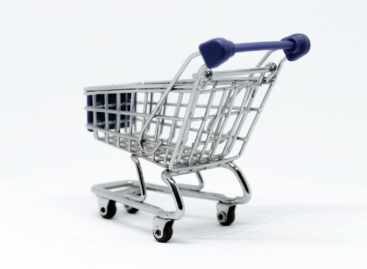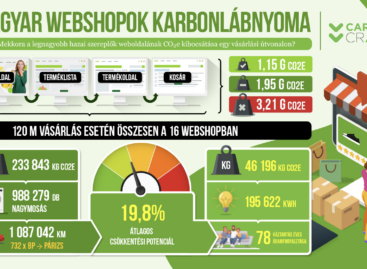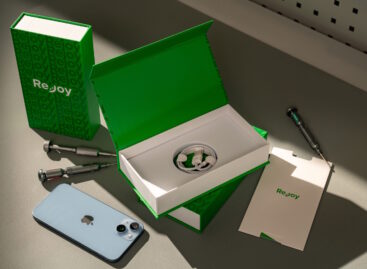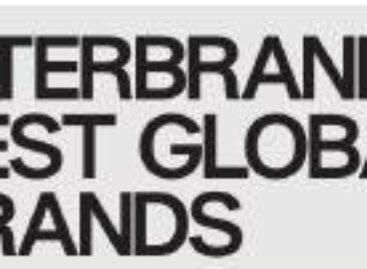70 percent of stores are preparing for a big price increase, customers are pessimistic
Business and consumer expectations continued to deteriorate for the fourth month in August. According to a survey conducted by GKI Gazdaságkutató – with the support of the EU – since April of this year, business expectations have fallen by around 13 points, while consumer expectations have fallen by nearly 30 points, and the drop in the latter was even more pronounced in August. The business confidence index was last at a similar depth in the spring of 2021, and the consumer confidence index in the spring of 2020, during the panic caused by the restrictions introduced due to the Covid epidemic. (The effect of the announcement of the utility increase may have been reflected in the opinion of consumers for the first time in August.)
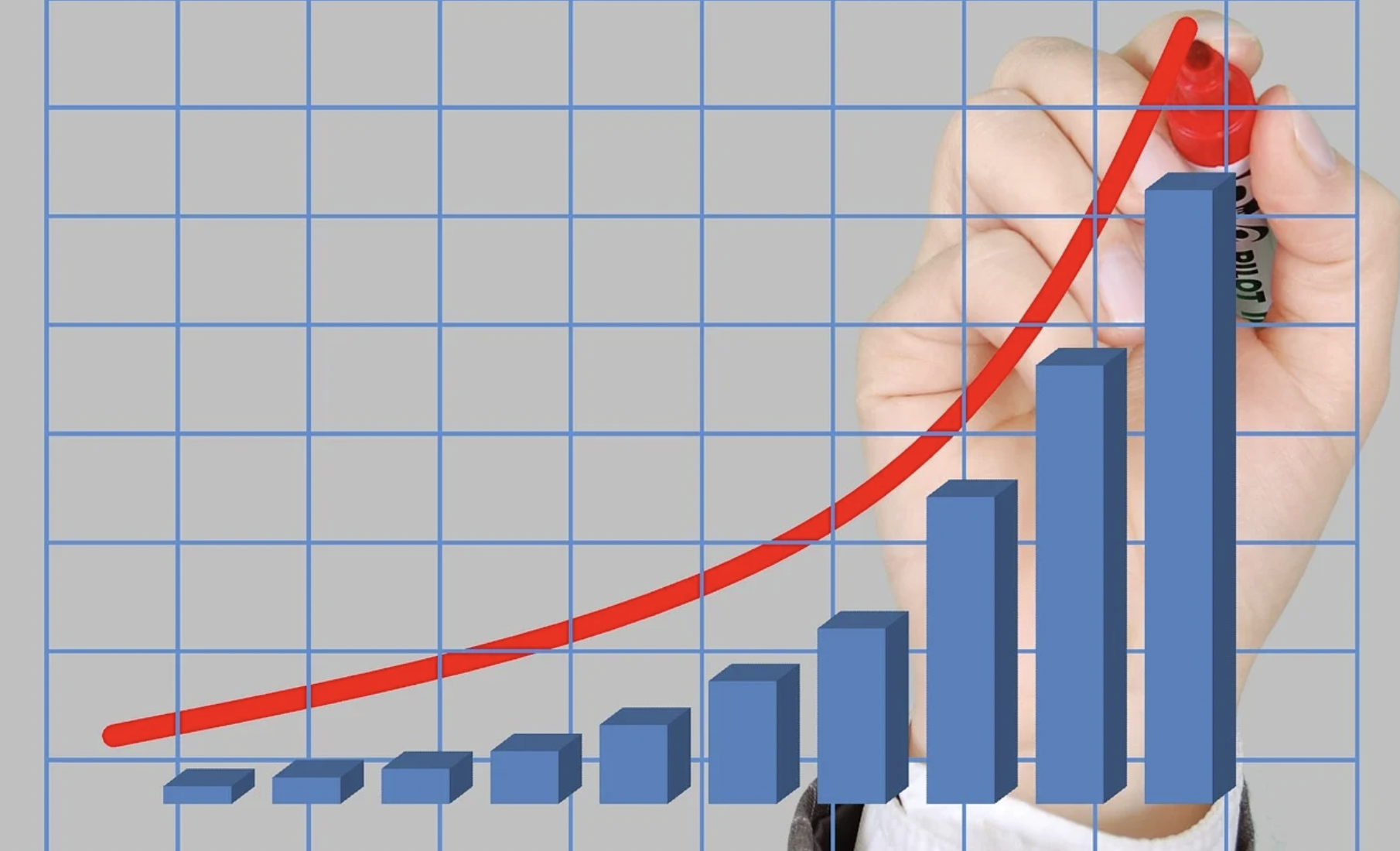
Consumers used to be so pessimistic
All sectors played a role in the August decline of the business confidence index, least of all industry, where the fall in July was marked. There are now more pessimistic than optimistic companies in almost every sector, and in industry these two ratios are almost the same. In industry, compared to the previous month, the assessment of the production of the past period and production expectations worsened, but at the same time, the order book – including exports – and stocks improved.
The trade confidence index decreased in August to a greater extent than it rose in July, especially the opinion about the sales position and the expected development of orders became worse. After the improvement in July, the service provider confidence index also fell in August, the general business course, the assessment of past and expected traffic became worse.
In August, after the break in July, the deterioration of the business sector’s willingness to employ since April continued, practically only in the industry and the service sector are there more companies planning to increase the number of employees than to reduce them. The population’s fear of unemployment continued to increase since April. In particular, industrial companies’ efforts to raise prices gained new momentum in August, only retail trade experienced a minimal easing. However, more than 70% of the companies in this sector plan to raise their prices anyway, and the construction industry also approached this ratio in August. Consumers’ inflation expectations continued to strengthen after the stagnation in July.
In recent months, companies and people have seen the future situation of the Hungarian economy as increasingly dramatic. In this regard, the mood was more pessimistic than now only in the first few months of the Covid crisis and the global economic crisis.
Related news
The Hungarian Confederation of Economic Workers also spoke out regarding the inflation data
🎧 Hallgasd a cikket: Lejátszás Szünet Folytatás Leállítás Nyelv: Auto…
Read more >Perceived price increase index remains high
🎧 Hallgasd a cikket: Lejátszás Szünet Folytatás Leállítás Nyelv: Auto…
Read more >Industrial production is still declining in Hungary, but it is growing in the EU
🎧 Hallgasd a cikket: Lejátszás Szünet Folytatás Leállítás Nyelv: Auto…
Read more >Related news
It turns out which online food ordering platform websites are the most sustainable
🎧 Hallgasd a cikket: Lejátszás Szünet Folytatás Leállítás Nyelv: Auto…
Read more >Customers are also looking for the record-breaking iPhones in refurbished versions
🎧 Hallgasd a cikket: Lejátszás Szünet Folytatás Leállítás Nyelv: Auto…
Read more >Best Global Brands: the most valuable brands in 2025
🎧 Hallgasd a cikket: Lejátszás Szünet Folytatás Leállítás Nyelv: Auto…
Read more >
